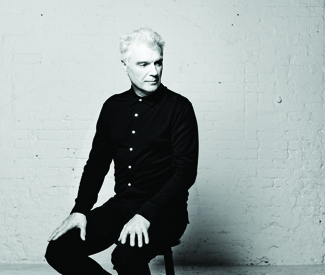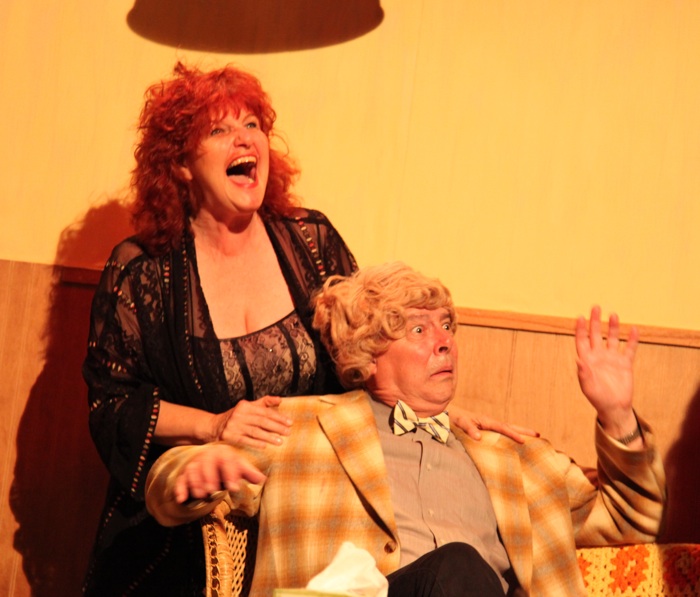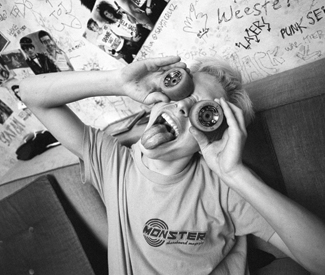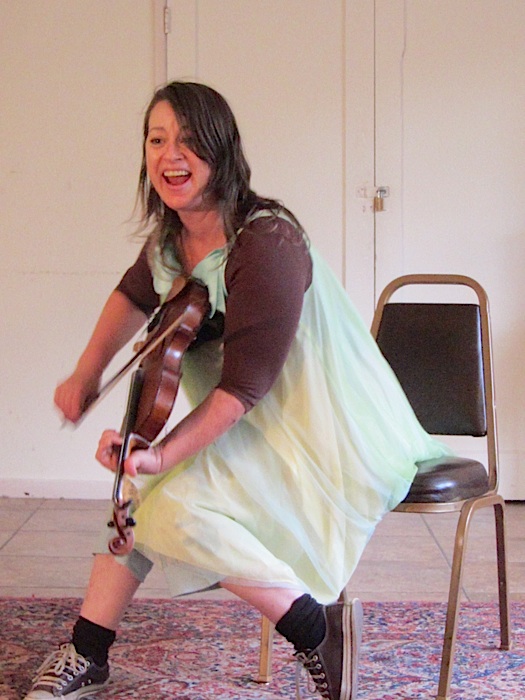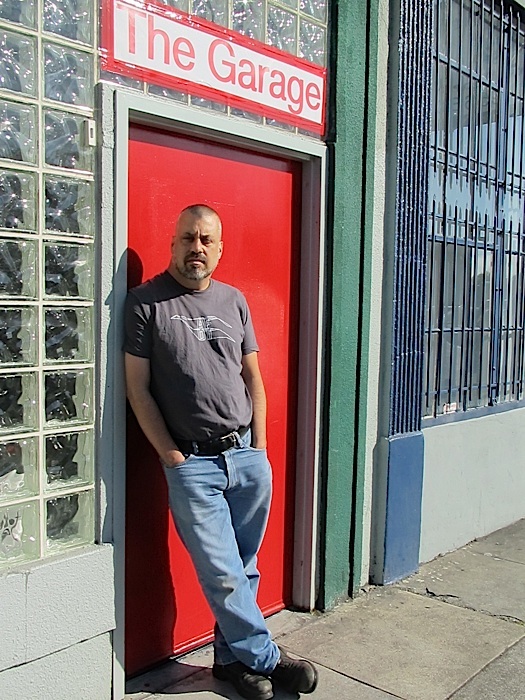Killing My Lobster sends up San Francisco
“Funny can mean different things to different people.” Perhaps no tagline better describes the fluctuations of sketch comedy than that of veteran gagsters Killing My Lobster. And they should know, since they’ve been dishing up their irreverent brand of short-attention span comedy since 1997. Even if, as a performance format, sketch comedy isn’t really your thing, the variables built into its basic equation — rotating writers and cast members, wacky themes, and the unique juxtaposition of the ludicrous with the everyday — ensure that, like the weather, if you don’t like something, just wait 10 minutes, and you will probably be rewarded with something you do.
The blink-and-you-missed-it one-night run on Saturday of “Killing My Lobster Takes it to the Streets,” at Stagewerx naturally included the weather in their microhood-specific roundup of familiar, Bay Area moments.
Fog, of course, and even the sun (in the East Bay, natch) got referenced in sketches which ranged topically from botched muggings and marauding food trucks to a series of wildly ineffectual 911 dispatch calls and a night in the life of a drug-loving cabdriver. Using San Francisco as their canvas, the Lobsters created a humorous collage of snapshots of city living, in a city that takes making fun of itself more seriously than most.
Opening with a brief spate of beat-boxing from Tommy Shephed aka Soulati of Felonious, (whose creative partner Dan Wolf directed the show), the first sketch featured the aforementioned mugging. A menacing Brian Allen tried to divest a pair of yupsters of their cash only to have them snort derisively that they don’t carry “money” and obnoxiously compare his mugging skills to that of robbers past, until he was forced to flee out of shame for his poor performance. The obligatory roommates from hell trope got a ribald twist in the form of an orgy, and a flashback to the birth of MUNI gave insight as to why the Richmond District has been deprived of metro lines for all these years.
Other highlights included a tearful wake being held for an amiable youth, Cody (Anthony Tupasi), who, it turns out, wasn’t dead at all, but might as well be, since he moved to the East Bay, a video of clip-board zombies soliciting donations on 18th Street, a retro-hipster faceoff which included the best line of the evening “I want to have your babies so we can watch them die of cholera,” and a visit to Blue Toad Farm which included the second-best line of the evening: “This is a locally-grown, artisanal, heirloom carrot root.” Maybe you had to be there.
Which brings us right back to that tagline. Humor is so highly subjective that conveying it adequately, sight-unseen, can be a tricky business, and it’s precisely why seeing it live is so important. Fortunately, this is a lesson that KML fans seem to have fully absorbed as the house was packed despite the torrential downpour. And happily this is a lesson that KML seems willing to teach often, the only real question being, what sacred cows will these Lobsters skewer next?

